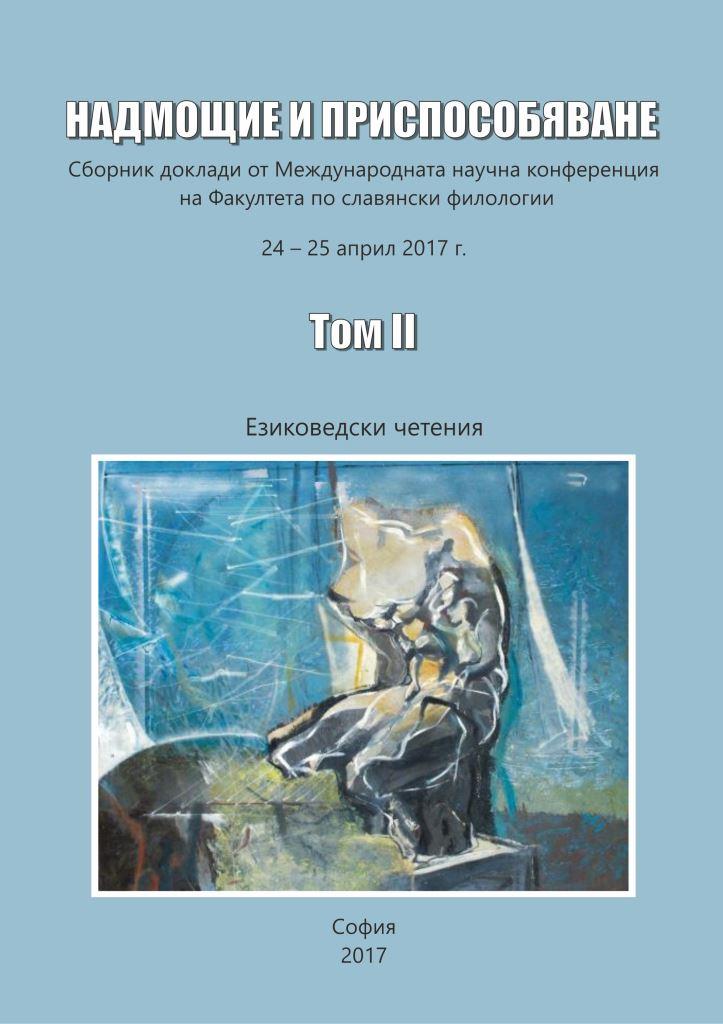АКЦЕНТНИ ОСОБЕНОСТИ НА ЧЛЕННАТА МОРФЕМА В РАННАТА ИСТОРИЯ НА СКАНДИНАВСКИТЕ ЕЗИЦИ И НА БЪЛГАРСКИЯ ЕЗИК – МЕЖДУ САМОСТОЯТЕЛНОСТ И ИНТЕГРАЦИЯ НА ЕНКЛИТИКИТЕ
ACCENTUAL CHARACTERISTICS OF THE DEFINITE ARTICLE IN THE EARLY HISTORY OF THE NORDIC LANGUAGES AND BULGARIAN – BETWEEN ISOLATION AND INTEGRATION OF ENCLITICS
Author(s): Vladimir Naydenov
Subject(s): Language and Literature Studies
Published by: Факултет по славянски филологии, Софийски университет »Св. Кл. Охридски«
Keywords: accent; definite article; enclitic, Nordic; Slavic
Summary/Abstract: In the Nordic languages as well as in Bulgarian, an enclitic demonstrative has developed into a suffixed article. However, whereas the Nordic article typically does not alter the accentuation of the resulting word form in relation to the base, the Bulgarian one often attracts stress. Two factors appear to have contributed to this. First, in the Nordic languages but not in Bulgarian, the morphosyntactic independence of clitics seems to have overridden their tendency to become integrated into the accentual unit of the host. Second, in the course of their history, the Nordic languages have acquired lexical tone, whereas Bulgarian, conversely, has replaced the Proto-Slavic pitch accent system with one of dynamic stress. Nevertheless, a possible partial parallel to the Nordic development may be present in the definite forms of words of accent paradigm (b).
Book: Надмощие и приспособяване
- Page Range: 103-110
- Page Count: 8
- Publication Year: 2017
- Language: Bulgarian
- Content File-PDF

